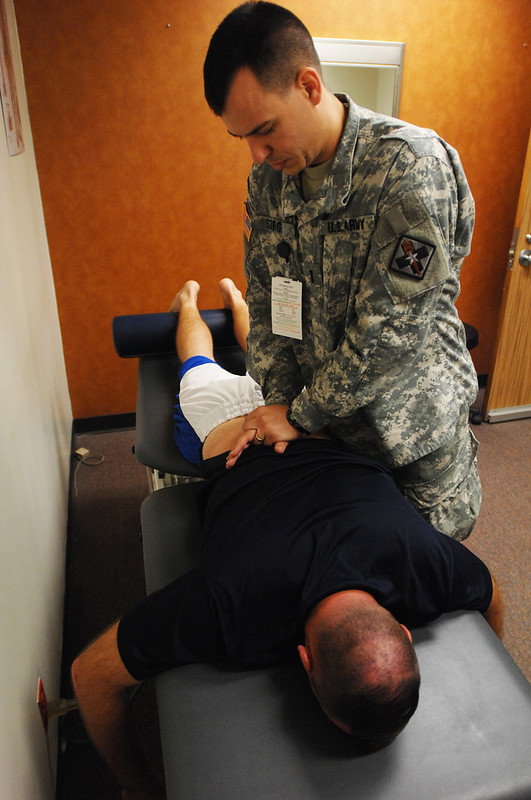
In a study published in Brain Sciences Magazine in April 2020, a group of scientists found that spinal manipulation after a stroke showed promising results. The study, by Muhammad Samran Navid et al, measured N30 amplitude in 17 male participants between the ages of 41 and 65. After a single session of spinal adjustment, N30 SEP peak amplitude increased. This “may reflect changes to early sensorimotor function,” the study’s authors wrote in their conclusion.
The subject requires more studies with larger groups of participants. Nevertheless, these results are promising and give hope for stroke victims whose motor function is affected.
Strokes are the second most common cause of death across the world behind ischemic heart disease. Strokes affect roughly 200 people in 100,000. Stroke survivors often face intense rehabilitation to regain use of their upper limb function. This, in turn, can lead to a high cost of care in terms of both money and resources for the patients and their caretakers. In 2010, the estimated cost of stroke rehabilitation in the European Union was about 21,000 Euros, or about $20,500.
